Instrument calibration service
Metrology at the service of your performance. We are a unique interlocutor with a dedicated laboratory and independent experts in the calibration service.
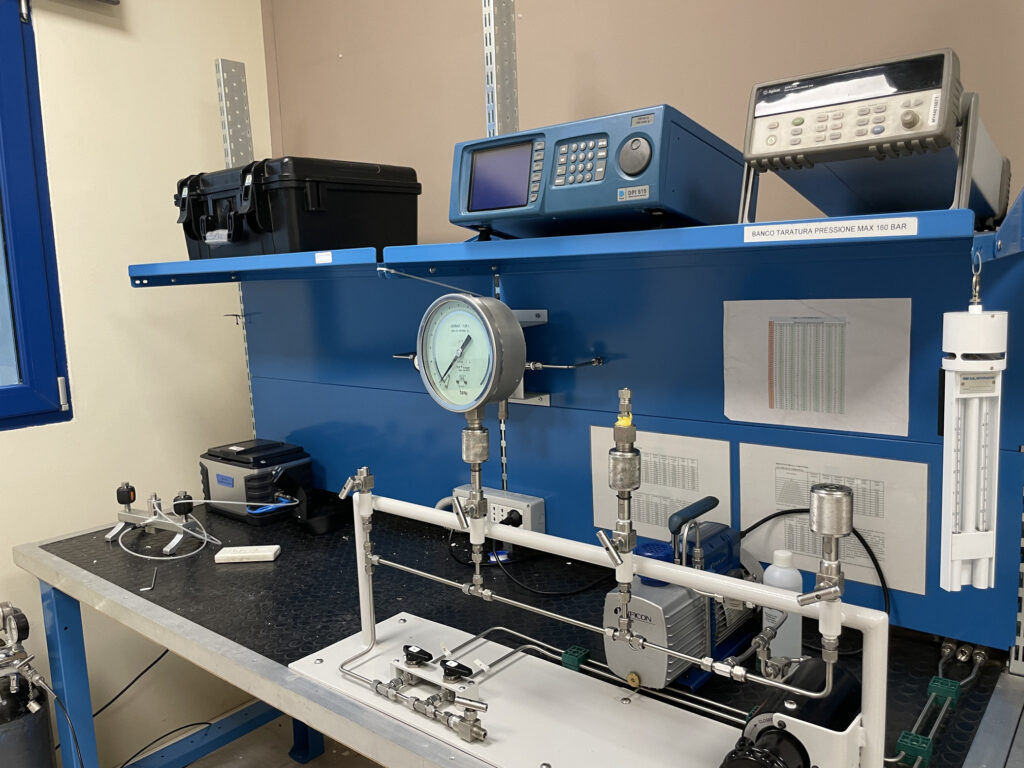
We check and adjust the accuracy of measuring instruments, ensuring their long-term efficiency.
In industries that require strict quality controls and regulatory compliance, our instrument calibration service adds significant value to a company’s credibility. Thanks to our expertise, accumulated experience, and collaboration with leading laboratories across the country, we have become a trusted reference for precision instrument calibration.
Our third-party calibration service involves adjusting laboratory instruments on the client’s premises in accordance with ISO 9001 standards. The service includes thorough testing and precise adjustments carried out at our laboratory—or at one of our partner laboratories—along with the issuance of a final certificate confirming the calibration of the instruments.
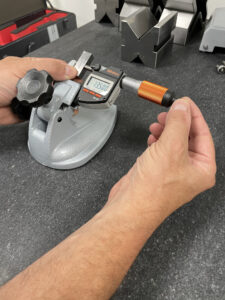

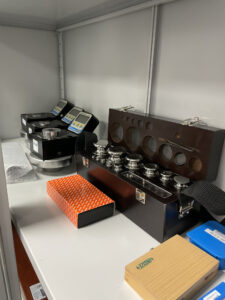

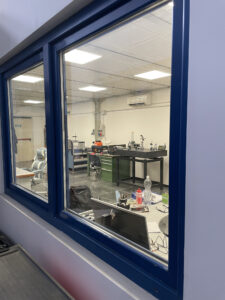
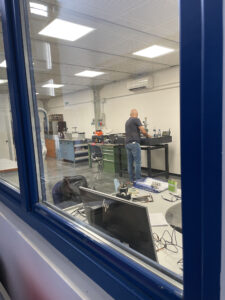
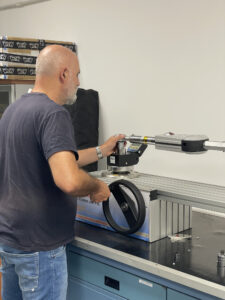
What type of calibration are you looking for?
Measurement instrument calibration
F-Gas instrument calibration
We offer a measurement instrument calibration service aimed at companies in manufacturing, quality control, or laboratories that use a wide range of devices to perform precise and reliable measurements. Instrument calibration involves conducting accurate tests, making adjustments, and verifying performance against required standards. Check the list below to see which equipment can be calibrated at our laboratory.
F-Gas instrument calibration is a specialized service for devices used in monitoring and measuring fluorinated gases. This calibration ensures compliance with European environmental regulations and is essential for professionals in the refrigeration and air conditioning sectors, demonstrating a commitment to sustainability and environmental safety.
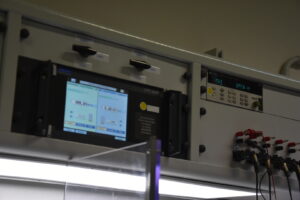
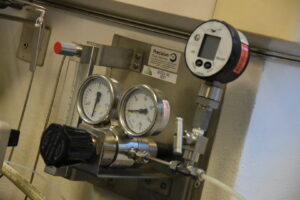
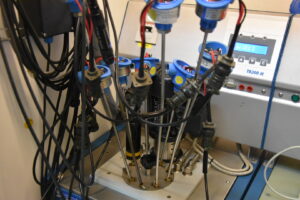
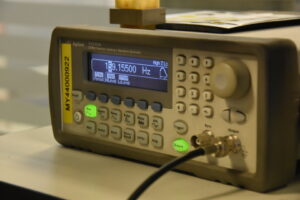
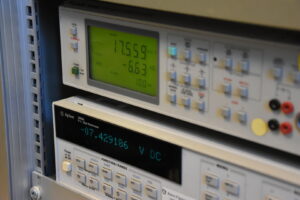
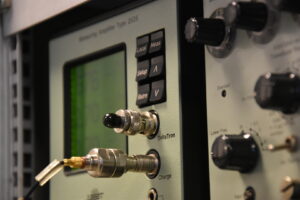
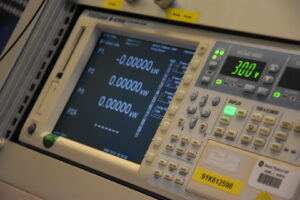
Measurement Instrument Calibration – Length Sector
Dial Bore Gauges (without comparator)
Check of the measuring probe travel at 21 points, recording of the maximum error, repeatability, and reversal error.
Laser Aligners
Check of the error in X and Y between receiver and transmitter.
Calipers for External or Depth Measurements up to 2000 mm
Measurement of external dimensions at at least 9 points along the scale, internal and depth rod measurements at two points, verification of internal and external parallelism, repeatability.
Special Calipers for the Railway Sector
Verification according to the manufacturer’s specifications.
Linear Comparators and Transducers (rod and lever type) with a range up to 100 mm
Verification of the measuring range at at least 23 points with both incoming and outgoing rods, recording of Fmax errors and repeatability.
Goniometers
Verification of 9 angles between 0–90°.
Spirit Levels
Verification of 9 angles between 0–90°.
External, Internal, and Depth Micrometers
Verification at multiple points across the measuring range, check (where applicable) of flatness deviation of fixed and movable surfaces, parallelism deviation, correction, zeroing, repeatability.
Thickness Micrometers
Verification of the average thickness of the submitted sample.
Measuring Tapes and Laser Measures
Verification of graduations with 1 m increments.
Thickness Gauges
Verification of the thickness of each blade.
Micrometer Heads
Verification at multiple points across the measuring range.
Depth Gauges
Verification of the measuring range at 12 points.
Measurement Instrument Calibration – Other Sectors
FORCES AND MASSES
Scales
Verification using standard weights on the pan and check for off-center load.
Load Cells
Verification of indication error in compression, tension, or both.
Torque Wrenches
Verification of readings at three points along the scale with 5 repetitions, check of square size and unit format, indication of maximum deviation detected.
Dynamometers
Verification of indication error in compression, tension, or both.
Tensile/Compression Machines
Verification of indication error in compression, tension, or both.
Standard Weights
Verification of nominal value using a reference scale.
PRESSURE
Pressure Gauges 0–700 bar
Verification of the scale at 6 points in increasing and decreasing pressure, indication of deviation, hysteresis error, and repeatability.
Pressure Transducers
Verification of the scale at 6 points in increasing and decreasing pressure, indication of deviation, hysteresis error, and repeatability.
ELECTRICAL QUANTITIES
Power Supplies
Verification of required quantities according to manufacturer or customer specifications.
Ammeters
Verification of required quantities according to manufacturer or customer specifications.
Electrical Calibrators
Verification of required quantities according to manufacturer or customer specifications.
Generators
Verification of required quantities according to manufacturer or customer specifications.
Frequency Generators
Verification of quantities according to manufacturer or customer specifications.
Insulation Testers
Verification of required quantities according to manufacturer or customer specifications.
Multimeters
Verification of required quantities according to manufacturer or customer specifications.
Oscilloscopes
Verification of required quantities according to manufacturer or customer specifications.
Clamp Meters
Verification of required quantities according to manufacturer or customer specifications.
RCL Bridges
Verification of required quantities according to manufacturer or customer specifications.
Resistors
Verification of required quantities according to manufacturer or customer specifications.
Voltmeters
Verification of required quantities according to manufacturer or customer specifications.
Vibrometers
Verification of required quantities according to manufacturer or customer specifications.
TECHNOLOGICAL CHARACTERISTICS
Bench Durometers
Direct or indirect verification.
Portable Durometers
Indirect verification using reference blocks.
SHORE Durometers
Indirect verification with Shore samples at at least 7 points on the scale.
Hardness Reference Samples
Verification of nominal value using a calibrated durometer.
Ultrasonic Thickness Gauges
Probe verification at at least 6 points across the measuring range.
Ultrasonic Flaw Detection Instruments
Verification according to ASTM 317 standard.
TEMPERATURE AND ENVIRONMENTAL CONDITIONS
Thermometers
Verification of one sensor at 5 measurement points between -40 °C and 650 °C.
Hygrometers
Verification at three points of relative humidity.
Thermo-Hygrometers
Verification at three points of humidity and three points of temperature.
Pyrometers
Verification at three points with a maximum range of 1200 °C.
Lux Meters
Verification of the measuring range at 3 points using a light source.
UV-A and UV-B Radiometers
Verification of radiation intensity at the distance required by the customer, at one point.
Combustion Analyzers
Analysis of the gas cells or mixtures present in the instrument.
Anemometers
Verification of air velocity only.
Tachometers and Revolution Counters
Verification of optical, contact, or stroboscopic systems within the range specified by the customer.
Analog or Digital Stopwatches
Verification by comparison with a calibrated reference within the time range required by the customer.
Oven and Furnace Characterization
Verification of chamber uniformity with up to 16 control points.
F-Gas Instrument Calibration
Digital Manifold Gauges
Measure pressure and temperature in refrigeration systems.
Infrared Leak Detectors
Detect refrigerant gas leaks using infrared technology.
Electronic Scales
Check the weight of refrigerant gases during charging/discharging operations.
Digital and Analog Vacuum Gauges
Measure the vacuum level in refrigeration systems.
Digital Thermometers
Accurately measure temperature in various environments and processes.
Analog Manifold Gauges
Monitor pressure and temperature in refrigeration circuits using traditional methods.
Heated Diode Leak Detectors
Detect gas leaks using heated diode sensors.
Temperature, Pressure, and Humidity Probes
Measure environmental and operational parameters with precision.
Analog Vacuum Gauges
Check the vacuum level in refrigeration systems.
Clamp Meters
Measure electric currents without interrupting the circuit.
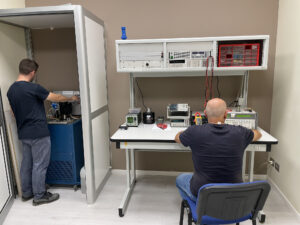
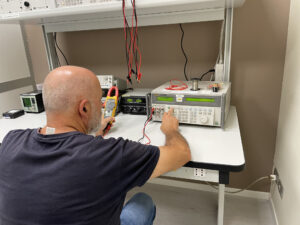
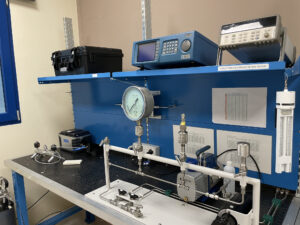
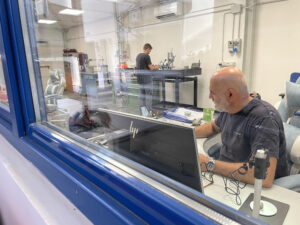
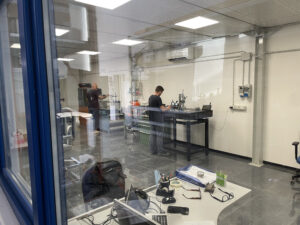
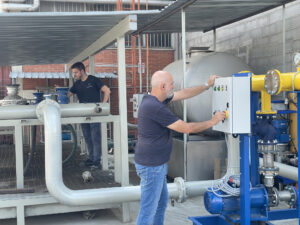
The calibration process
The instrument calibration process verifies the correspondence of a device’s graduated scale with the quantities to be measured, within certified standards.
Calibration is essential to improve accuracy and minimize measurement errors. This process takes place in multiple stages, from the initial inspection to adjustment, and finally to certification, ensuring reliable measurements that comply with regulations.
1. Initial Inspection
The instrument is checked to verify its physical condition and proper functioning, identifying any anomalies or signs of wear.
2. Comparison with Standards
The instrument’s measurements are compared with certified reference values to assess any deviations.
3. Adjustment and Testing
If necessary, the instrument is adjusted to meet the required accuracy limits and subsequently subjected to further testing.
4. Certificate Issuance
At the end of the process, a calibration certificate is issued documenting the results and ensuring compliance with standards.
5. Identification Label
At the end of the process, an identification label is applied showing the calibration report number, instrument serial number, and the calibration expiry date.
6. Digital Identification Label
Upon request, a QR Code label can be applied to the instrument, linking to the digital version of the calibration report.
All Frequently Asked Questions about the Instrument Calibration Service
Discover everything you need to know about the instrument calibration procedure: from its purpose to how it is performed, and the benefits for your company.
What is instrument calibration?
Measurement instrument calibration is a fundamental operation in which the correspondence between the graduated scale of a measuring instrument and the physical quantity it must measure is checked and, if necessary, corrected. During calibration, the instrument’s readings are compared with a certified standard, ensuring precision and reliability in measurements.
How is instrument calibration carried out?
Calibration of measuring instruments is performed by comparing the readings of the device under test with those of a certified reference instrument, ensuring maximum accuracy. During the process, various values of the quantity to be measured are applied, verifying the accuracy of the instrument being tested. This comparison allows any discrepancies to be identified and, if necessary, the device adjusted to align with the required standards. Our calibration laboratory has approximately 35 reference standards and nearly 100 working standards.
What is the purpose of instrument calibration?
The instrument calibration procedure guarantees accurate and consistent measurement over time. This process, essential for many industrial sectors, enables precise measurements in compliance with regulations, minimizing errors and optimizing company and production processes.
What is the difference between calibration and adjustment of instruments?
Calibration checks and adjusts an instrument’s accuracy by comparing it with certified standards, while technical calibration records any errors without necessarily correcting them. Both calibration and adjustment operations are essential to ensure reliability in measurement activities.
